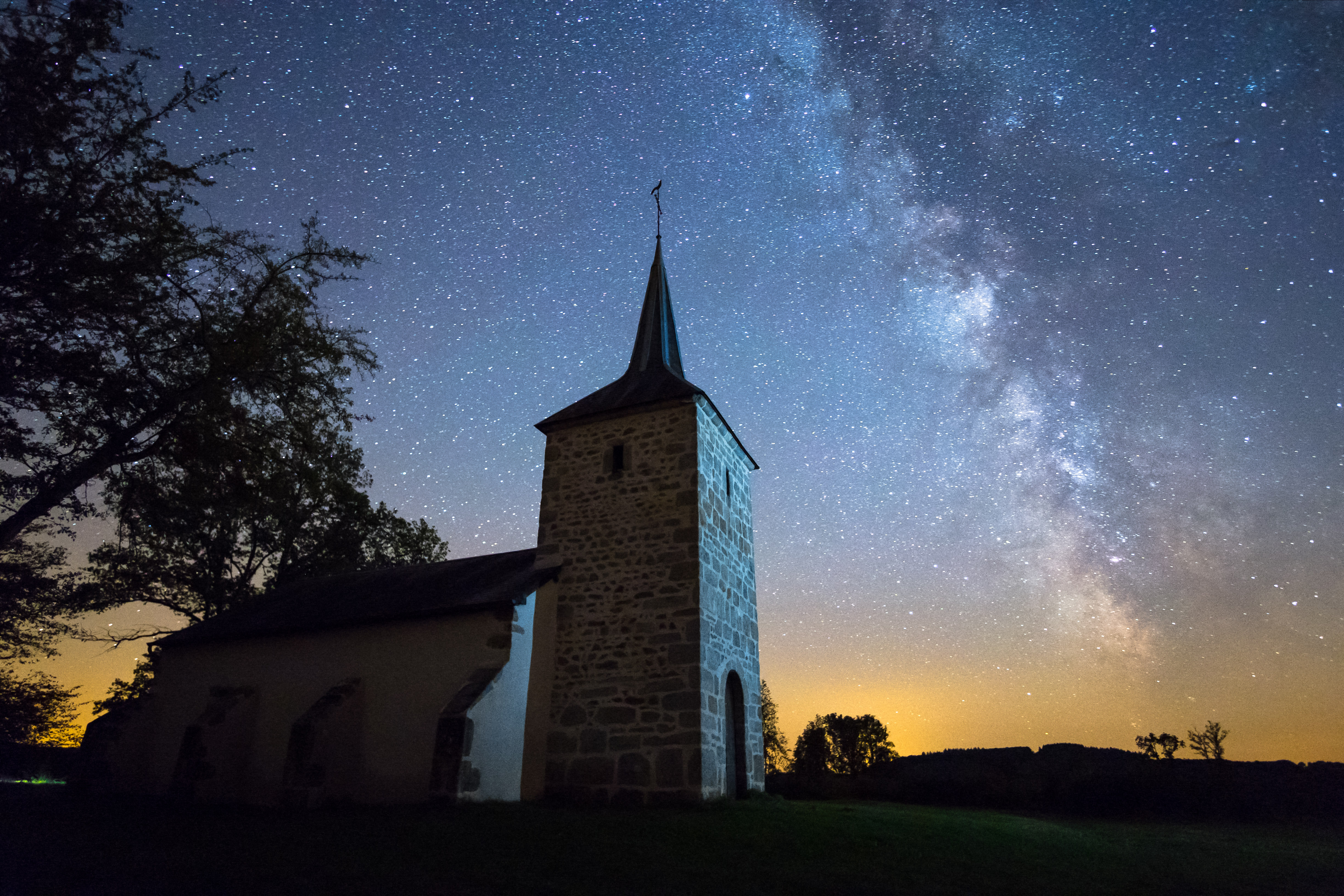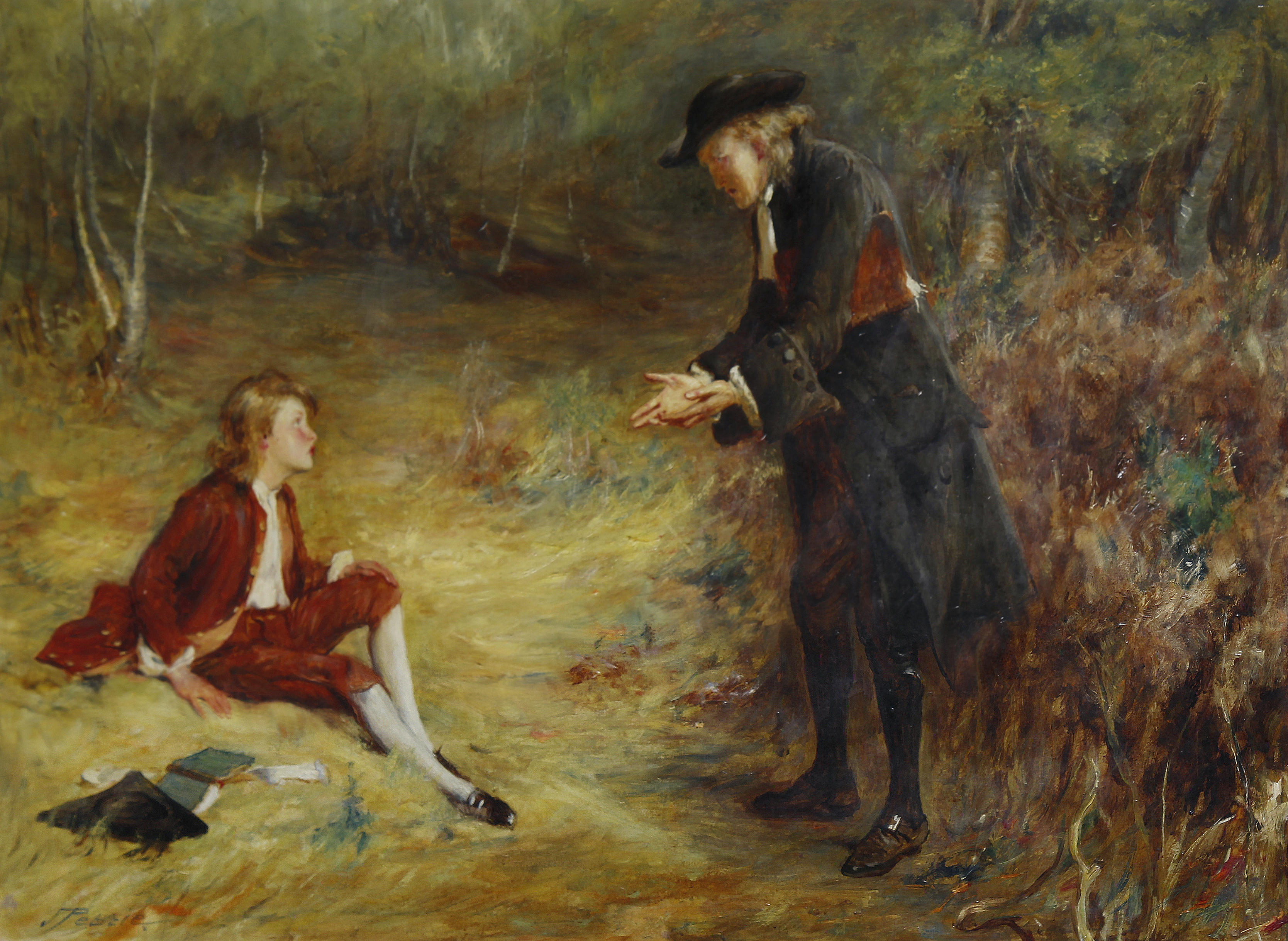|
Hour
An hour (symbol: h; also abbreviated hr) is a unit of time historically reckoned as of a day and defined contemporarily as exactly 3,600 seconds ( SI). There are 60 minutes in an hour, and 24 hours in a day. The hour was initially established in the ancient Near East as a variable measure of of the night or daytime. Such seasonal hours, also known as temporal hours or unequal hours, varied by season and latitude. Equal hours or equinoctial hours were taken as of the day as measured from noon to noon; the minor seasonal variations of this unit were eventually smoothed by making it of the mean solar day. Since this unit was not constant due to long term variations in the Earth's rotation, the hour was finally separated from the Earth's rotation and defined in terms of the atomic or physical second. It is a non-SI unit that is accepted for use with SI. In the modern metric system, one hour is defined as 3,600 atomic seconds. However, on rare occasions an hour may inc ... [...More Info...] [...Related Items...] OR: [Wikipedia] [Google] [Baidu] |
Midnight
Midnight is the transition time from one day to the next – the moment when the date changes, on the local official clock time for any particular jurisdiction. By clock time, midnight is the opposite of noon, differing from it by 12 hours. Solar midnight is the time antisolar point, opposite to solar noon, when the Sun is meridian (astronomy), closest to the nadir, and the night is culmination, equidistant from sunset and sunrise. Due to the advent of time zones, which regularize time across a range of meridian (geography), meridians, and daylight saving time, solar midnight rarely coincides with 12 midnight on the clock. Solar midnight depends on longitude and time of the year rather than on time zone. In ancient Roman timekeeping, midnight was halfway between dusk and dawn (i.e., solar midnight), varying according to the seasons. In some Slavic languages, "midnight" has an additional geographic association with "north" (as "noon" does with "south"). Modern Polish languag ... [...More Info...] [...Related Items...] OR: [Wikipedia] [Google] [Baidu] |
Noon
Noon (also known as noontime or midday) is 12 o'clock in the daytime. It is written as 12 noon, 12:00 m. (for '' meridiem'', literally 12:00 midday), 12 p.m. (for ''post meridiem'', literally "after midday"), 12 pm, or 12:00 (using a 24-hour clock) or 1200 ( military time). Solar noon is the time when the Sun appears to contact the local celestial meridian. This is when the Sun reaches its apparent highest point in the sky, at 12 noon apparent solar time and can be observed using a sundial. The local or clock time of solar noon depends on the date, longitude, and time zone A time zone is an area which observes a uniform standard time for legal, Commerce, commercial and social purposes. Time zones tend to follow the boundaries between Country, countries and their Administrative division, subdivisions instead of ..., with Daylight Saving Time tending to place solar noon closer to 1:00pm. Etymology The word ''noon'' is derived from Latin ''nona hora'', the ninth c ... [...More Info...] [...Related Items...] OR: [Wikipedia] [Google] [Baidu] |
Unequal Hours
Unequal hours are the division of the daytime and the nighttime into 12 sections each, whatever the season. They are also called temporal hours, seasonal hours, biblical or Jewish hours, as well as ancient or Roman hours (). They are ''unequal duration'' periods of time because days are longer and nights shorter in summer than in winter. Their use in everyday life was replaced in the late Middle Ages by the now common ones of equal duration. The first temporal hour of daylight begins at sunrise, the first of night at sunset. For example, if daylight and night are each divided into twelve temporal hours, midday and midnight are each the beginning of the seventh hour. A clock that displays the temporal hours is called a temporal clock. Astronomical basics To the concept of ''light day'' corresponds the astronomical concept '' Day arc of the Sun''. With the exception of the equator, the duration of daylight depends on the latitude and the season. At 49° north/south latitude (e ... [...More Info...] [...Related Items...] OR: [Wikipedia] [Google] [Baidu] |
Daytime
Daytime or day as observed on Earth is the period of the day during which a given location experiences Daylight, natural illumination from direct sunlight. Daytime occurs when the Sun appears above the local horizon, that is, anywhere on the globe's Hemispheres of Earth, hemisphere facing the Sun. In direct sunlight the movement of the sun can be recorded and observed using a sundial that casts a shadow that slowly moves during the day. Other planets and natural satellites that rotate relative to a luminous Primary (astronomy), primary body, such as a local star, also experience daytime, but this article primarily discusses daytime on Earth. Very broadly, most humans tend to be awake during some of the daytime period at their location, and asleep during some of the night period. Characteristics Approximately half of Earth is illuminated at any time by the Sun. The area subjected to direct illumination is almost exactly half the planet; but because of atmospheric and other ef ... [...More Info...] [...Related Items...] OR: [Wikipedia] [Google] [Baidu] |
Night
Night, or nighttime, is the period of darkness when the Sun is below the horizon. Sunlight illuminates one side of the Earth, leaving the other in darkness. The opposite of nighttime is daytime. Earth's rotation causes the appearance of sunrise and sunset. Moonlight, airglow, starlight, and light pollution dimly illuminate night. The duration of day, night, and twilight varies depending on the time of year and the latitude. Night on other celestial bodies is affected by their rotation and orbital periods. The planets Mercury and Venus have much longer nights than Earth. On Venus, night lasts about 58 Earth days. The Moon's rotation is tidally locked, rotating so that one of the sides of the Moon always faces Earth. Nightfall across portions of the near side of the Moon results in lunar phases visible from Earth. Organisms respond to the changes brought by nightfall: darkness, increased humidity, and lower temperatures. Their responses include direct reactions a ... [...More Info...] [...Related Items...] OR: [Wikipedia] [Google] [Baidu] |
Mean Solar Day
Solar time is a calculation of the passage of time based on the position of the Sun in the sky. The fundamental unit of solar time is the day, based on the synodic rotation period. Traditionally, there are three types of time reckoning based on astronomical observations: apparent solar time and mean solar time (discussed in this article), and ''sidereal time'', which is based on the apparent motions of stars other than the Sun. Introduction A tall pole vertically fixed in the ground casts a shadow on any sunny day. At one moment during the day, the shadow will point exactly north or south (or disappear when and if the Sun moves directly overhead). That instant is called ''local apparent noon'', or 12:00 local apparent time. About 24 hours later the shadow will again point north–south, the Sun seeming to have covered a 360-degree arc around Earth's axis. When the Sun has covered exactly 15 degrees (1/24 of a circle, both angles being measured in a plane perpendicular to ... [...More Info...] [...Related Items...] OR: [Wikipedia] [Google] [Baidu] |
Middle English
Middle English (abbreviated to ME) is a form of the English language that was spoken after the Norman Conquest of 1066, until the late 15th century. The English language underwent distinct variations and developments following the Old English period. Scholarly opinion varies, but the University of Valencia states the period when Middle English was spoken as being from 1150 to 1500. This stage of the development of the English language roughly coincided with the High Middle Ages, High and Late Middle Ages. Middle English saw significant changes to its vocabulary, grammar, pronunciation, and orthography. Writing conventions during the Middle English period varied widely. Examples of writing from this period that have survived show extensive regional variation. The more standardized Old English literary variety broke down and writing in English became fragmented and localized and was, for the most part, being improvised. By the end of the period (about 1470), and aided by the movabl ... [...More Info...] [...Related Items...] OR: [Wikipedia] [Google] [Baidu] |
Sermon
A sermon is a religious discourse or oration by a preacher, usually a member of clergy. Sermons address a scriptural, theological, or moral topic, usually expounding on a type of belief, law, or behavior within both past and present contexts. Elements of the sermon often include exposition, exhortation, and practical application. The act of delivering a sermon is called preaching. In secular usage, the word ''sermon'' may refer, often disparagingly, to a lecture on morals. In Christian practice, a sermon is usually preached to a congregation in a place of worship, either from an elevated architectural feature, known as a pulpit or an ambo, or from behind a lectern. The word ''sermon'' comes from a Middle English word which was derived from Old French, which in turn originates from the Latin word meaning 'discourse.' A ''sermonette'' is a short sermon (usually associated with television broadcasting, as stations would present a sermonette before Sign-off (broadcast) ... [...More Info...] [...Related Items...] OR: [Wikipedia] [Google] [Baidu] |
Sexagesima Sunday
Sexagesima , or, in full, Sexagesima Sunday, is the name for the second Sunday before Ash Wednesday in the pre-1970 Roman Rite liturgical calendar of the Catholic Church, and also in that of some Protestant denominations, particularly those with Lutheran and Anglican origins. Sexagesima falls within pre-Lent. Significance At Sexagesima, individuals are encouraged to evaluate their current spiritual state and prepare themselves to enter the season of Lent. Such preparations can include confession and such reflections as would be profitable and in keeping with the themes of Septuagesima. Etymology and timing The name "Sexagesima" is derived from the Latin ''sexagesimus'', meaning "sixtieth", and appears to be a back-formation of Quinquagesima, the term formerly used to denote the last Sunday before Lent. The latter name alluding to the fact that there are fifty days between that Sunday and Easter, if one counts both days themselves in the total as was the usual custom of the Rom ... [...More Info...] [...Related Items...] OR: [Wikipedia] [Google] [Baidu] |
Leap Second
A leap second is a one-second adjustment that is occasionally applied to Coordinated Universal Time (UTC), to accommodate the difference between precise time (International Atomic Time (TAI), as measured by atomic clocks) and imprecise solar time#Mean solar time, observed solar time (UT1), which varies due to Earth rotation#Changes, irregularities and long-term ΔT (timekeeping), slowdown in the Earth's rotation. The UTC time standard, widely used for international timekeeping and as the reference for civil time in most countries, uses TAI and consequently would run ahead of observed solar time unless it is reset to UT1 as needed. The leap second facility exists to provide this adjustment. The leap second was introduced in 1972. Since then, 27 leap seconds have been added to UTC, with the most recent occurring on December 31, 2016. All have so far been positive leap seconds, adding a second to a UTC day; while it is possible for a negative leap second to be needed, this has not ha ... [...More Info...] [...Related Items...] OR: [Wikipedia] [Google] [Baidu] |
Borrowing (linguistics)
In linguistics, borrowing is a type of language change in which a language or dialect undergoes change as a result of contact with another language or dialect. In typical cases of borrowing, speakers of one language (the "recipient" language) adopt into their own speech a novel linguistic feature that they were exposed to due to its presence in a different language (the "source" or "donor" language). Lexical borrowing The most common type of borrowing is for a word that originated in one language to come to be used in another; this is because individual words are relatively superficial components of a language, and a new word can be easily incorporated into the lexicon without disrupting other existing structural features of the recipient language. Words that have been borrowed in this way are known as loanwords. Loanwords often appear in the recipient language in a somewhat different form than they have in the source language, typically undergoing some degree of modification ... [...More Info...] [...Related Items...] OR: [Wikipedia] [Google] [Baidu] |
Old French
Old French (, , ; ) was the language spoken in most of the northern half of France approximately between the late 8th [2-4; we might wonder whether there's a point at which it's appropriate to talk of the beginnings of French, that is, when it was deemed no longer make to think of the varieties spoken in Gaul as Latin. Although a precise date can't be given, there is a general consensus (see Wright 1982, 1991, Lodge 1993) that an awareness of a vernacular, distinct from Latin, emerged at the end of the eighth century.] and mid-14th centuries. Rather than a unified Dialect#Dialect or language, language, Old French was a Dialect cluster, group of Romance languages, Romance dialects, Mutual intelligibility, mutually intelligible yet Dialect continuum, diverse. These dialects came to be collectively known as the , contrasting with the , the emerging Occitano-Romance languages of Occitania, now the south of France. The mid-14th century witnessed the emergence of Middle French, the lang ... [...More Info...] [...Related Items...] OR: [Wikipedia] [Google] [Baidu] |







